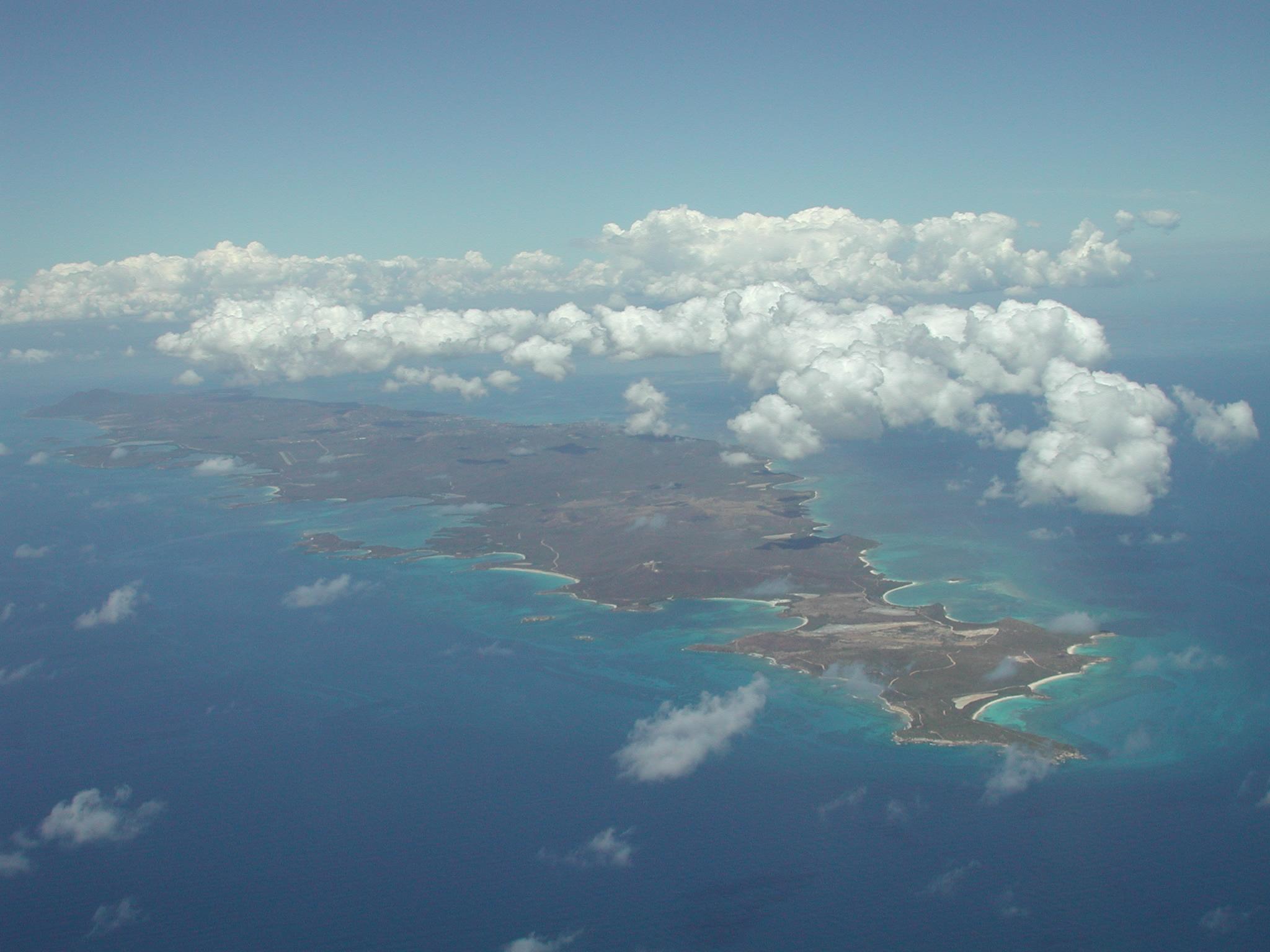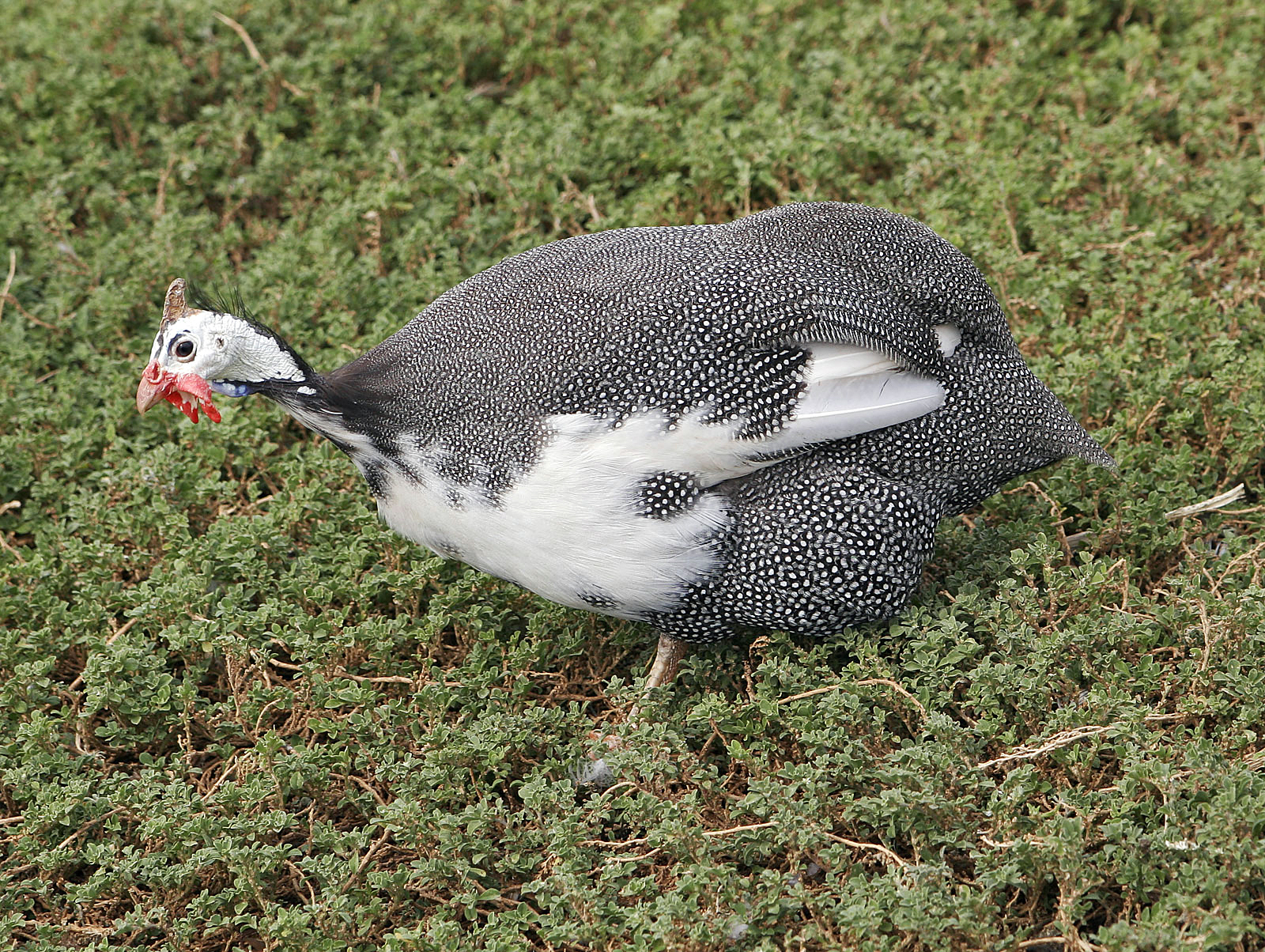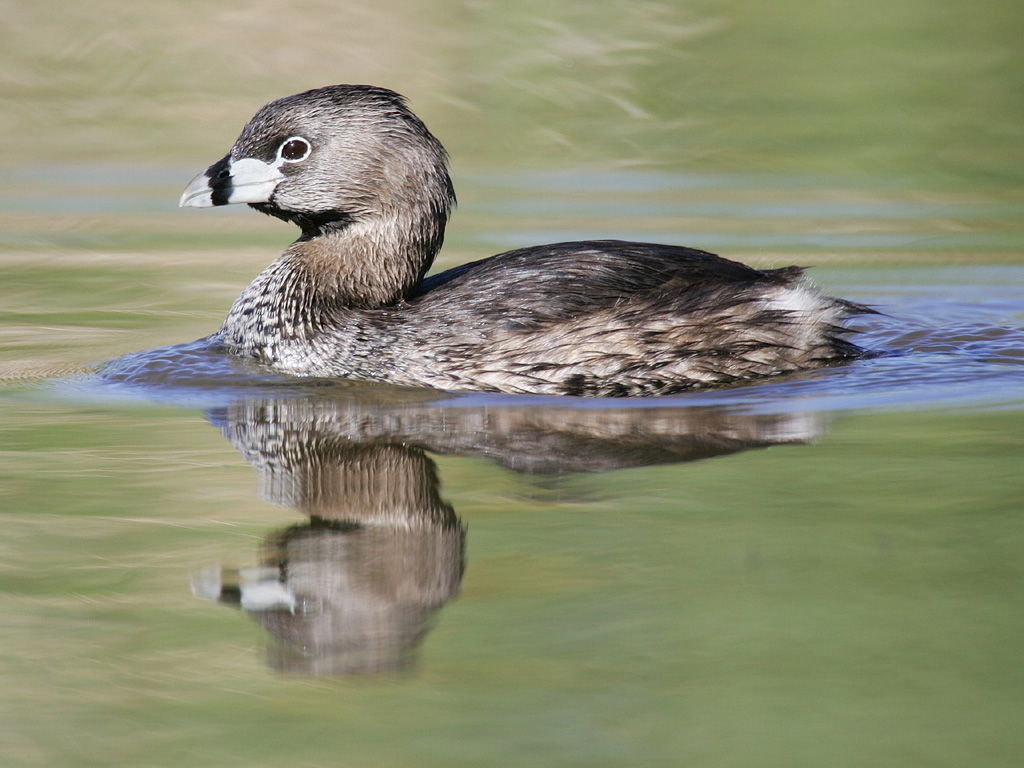|
Puerto Rican Oriole
The Puerto Rican oriole (''Icterus portoricensis'') is a species of bird in the family Icteridae, and genus ''Icterus'' or New World blackbirds. This species is a part of a subgroup of orioles (Clade A) that includes the North American orchard oriole, ''Icterus spurius'', and the hooded oriole, ''Icterus cucullatus''. The Puerto Rican oriole was previously grouped with Cuban oriole (''Icterus melanopsis''), Hispaniolan oriole (''Icterus dominicensis''), and Bahama oriole (''Icterus northropi'') as a single species, (''Icterus dominicensis''). In 2010, all four species became recognized as full species by the American Ornithologists' Union. Habitat The oriole is endemic to Puerto Rico. Its natural habitats are the tropical forests, mangrove forests, and plantations. The bird also shows a natural preference for nesting in palm trees.Jaramillo, A., P. Burke. 1999. New World Blackbirds. Princeton: Princeton University Press. Behavior After breeding, adult Puerto Rican orioles and ... [...More Info...] [...Related Items...] OR: [Wikipedia] [Google] [Baidu] |
Henry Bryant (naturalist)
Henry Bryant (May 12, 1820 – February 2, 1867) was an American physician and natural history, naturalist. Early life Bryant was born in Boston, and graduated from Harvard University in 1840, and then followed this from a degree at Harvard Medical School in 1843. Following this, he went to Paris to study medicine, but his health broke down while researching at a Paris hospital. In order to restore his health, he joined the French army in Algeria as a surgeon. In October 1847, Bryant returned to Boston to work with Dr. Henry Jacob Bigelow as a surgeon, but after a few months his health broke down again. After being forced to abandon medicine because of ill health, Bryant turned to natural history, especially ornithology, which was a childhood passion. Bryant visited nearby Cohasset, Massachusetts for one of his first collecting trips, but he seriously injured his stomach from a fall while landing his boat. After his recovery, he decided to push himself further in an attempt t ... [...More Info...] [...Related Items...] OR: [Wikipedia] [Google] [Baidu] |
Symplesiomorphy
In phylogenetics, a plesiomorphy ("near form") and symplesiomorphy are synonyms for an ancestral character shared by all members of a clade, which does not distinguish the clade from other clades. Plesiomorphy, symplesiomorphy, apomorphy, and synapomorphy, all mean a trait shared between species because they share an ancestral species. Apomorphic and synapomorphic characteristics convey much information about evolutionary clades and can be used to define taxa. However, plesiomorphic and symplesiomorphic characteristics cannot. The term ''symplesiomorphy'' was introduced in 1950 by German entomologist Willi Hennig. Examples A backbone is a plesiomorphic trait shared by birds and mammals, and does not help in placing an animal in one or the other of these two clades. Birds and mammals share this trait because both clades are descended from the same far distant ancestor. Other clades, e.g. snakes, lizards, turtles, fish, frogs, all have backbones and none are either birds nor ... [...More Info...] [...Related Items...] OR: [Wikipedia] [Google] [Baidu] |
Endemic Birds Of Puerto Rico
Endemism is the state of a species being found in a single defined geographic location, such as an island, state, nation, country or other defined zone; organisms that are indigenous to a place are not endemic to it if they are also found elsewhere. For example, the Cape sugarbird is found exclusively in southwestern South Africa and is therefore said to be ''endemic'' to that particular part of the world. An endemic species can be also be referred to as an ''endemism'' or in scientific literature as an ''endemite''. For example '' Cytisus aeolicus'' is an endemite of the Italian flora. '' Adzharia renschi'' was once believed to be an endemite of the Caucasus, but it was later discovered to be a non-indigenous species from South America belonging to a different genus. The extreme opposite of an endemic species is one with a cosmopolitan distribution, having a global or widespread range. A rare alternative term for a species that is endemic is "precinctive", which applies to s ... [...More Info...] [...Related Items...] OR: [Wikipedia] [Google] [Baidu] |
Icterus (genus)
New World orioles are a group of birds in the genus ''Icterus'' of the Icterid, blackbird family. Unrelated to Old World orioles of the family Oriolidae, they are strikingly similar in size, diet, behavior, and strongly contrasting Feather, plumage. As a result, the two have been given the same vernacular name. Males are typically black and vibrant yellow or orange with white markings, females and immature birds duller. They molt annually. New World orioles are generally slender with long tails and a pointed bill. They mainly eat insects, but also enjoy nectar and fruit. The nest is a woven, elongated pouch. Species nesting in areas with cold winters are strongly Bird migration, migratory, while subtropical and tropical species are more sedentary. The name "oriole" was first recorded (in the Latin form ''oriolus'') by the German Dominican Order, Dominican friar Albertus Magnus in about 1250, which he stated to be Onomatopoeia, onomatopoeic, from the song of the European golden o ... [...More Info...] [...Related Items...] OR: [Wikipedia] [Google] [Baidu] |
El Toro Wilderness
El Toro Wilderness ( es, Selva El Toro) is a federally designated National Wilderness Preservation System unit located within El Yunque National Forest (formerly known as the Caribbean National Forest) on the Sierra de Luquillo in eastern Puerto Rico. El Toro, named after the highest peak in the forest at , is the only tropical wilderness in the United States National Forest System.El Toro Wilderness fact sheet - U.S. Forest Service It was created in 2005 by the Caribbean National Forest Act of 2005. In descending order of land area, the wilderness is located in parts of the of |
List Of Vieques Birds
This is a list of birds recorded in the island of Vieques. Vieques is an island municipality of Puerto Rico located off the east coast of the main island of Puerto Rico, south of Culebra island and west of the Virgin Islands. It has a total area of 348.15 km2, of which only 135 km2 is land area. On May 1, 2001, the western end of Vieques National Wildlife Refuge was established and on May 1, 2003, the same day as the exit of the U.S. Navy from the island, the eastern end of the refuge was established. There are a total of 196 species recorded from the island of Vieques as of July 2022, according to ''Bird Checklists of the World''. Some species, such as the Puerto Rican parrot, have been extirpated from the island but are, nonetheless, included in this list. This list presents the following information for each species: common and scientific name of each species. This list is presented in the taxonomic sequence of the ''Check-list of North and Middle American Bird ... [...More Info...] [...Related Items...] OR: [Wikipedia] [Google] [Baidu] |
List Of Puerto Rican Birds
This is a list of the bird species recorded in the archipelago of Puerto Rico, which consists of the main island of Puerto Rico, two island municipalities off the east coast (Vieques and Culebra), three uninhabited islands off the west coast ( Mona, Monito and Desecheo) and more than 125 smaller cays and islands. The avifauna of Puerto Rico included a total of 385 species as of July 2022, according to ''Bird Checklists of the World''. Of them, 201 are accidental, two have been extirpated, and one is believed to be extinct. Seventeen species are endemic. Non-native species are common; 43 listed here were introduced by humans. Individuals of many other species (mostly parrots, finches, and waxbills) are flying free, presumably after escaping or being released from captivity. For example, a 2018 study on introduced Psittacidae on the island found at least 46 species present, of which 24% are only found in the pet trade (captivity), 48% have been observed in the wild (but are n ... [...More Info...] [...Related Items...] OR: [Wikipedia] [Google] [Baidu] |
List Of Endemic Fauna Of Puerto Rico
This is a list of the endemic fauna of Puerto Rico. This list is sorted in alphabetical order by the scientific name of the species, which are in parentheses. Birds *Yellow-shouldered blackbird (''Agelaius xanthomus'') *Puerto Rican parrot (''Amazona vittata'') *Green mango (''Anthracothorax viridis'') *Puerto Rican nightjar (''Caprimulgus noctitherus'') *Puerto Rican emerald (''Chlorostilbon maugeaus'') * Puerto Rican lizard‑cuckoo (''Coccyzus vieilloti'') *Puerto Rican pewee (''Contopus portoricenis'') *Adelaide's warbler (''Dendroica adelaidae'') * Elfin-woods warbler (''Dendroica angelae'') *Puerto Rican oriole (''Icterus portoricensis'') *Puerto Rican bullfinch (''Loxigilla portoricensis'') *Puerto Rican owl (''Gymnasio nudipes'') *Puerto Rican woodpecker (''Melanerpes portoricensis'') *Puerto Rican flycatcher (''Myiarchus antillarum'') *Puerto Rican tanager (''Nesospingus speculiferus'') *Puerto Rican spindalis (''Spindalis portoricensis'') *Puerto Rican tody (''Todus m ... [...More Info...] [...Related Items...] OR: [Wikipedia] [Google] [Baidu] |
List Of Birds Of Puerto Rico
This is a list of the bird species recorded in the archipelago of Puerto Rico, which consists of the main island of Puerto Rico, two island municipalities off the east coast (Vieques and Culebra), three uninhabited islands off the west coast ( Mona, Monito and Desecheo) and more than 125 smaller cays and islands. The avifauna of Puerto Rico included a total of 385 species as of July 2022, according to ''Bird Checklists of the World''. Of them, 201 are accidental, two have been extirpated, and one is believed to be extinct. Seventeen species are endemic. Non-native species are common; 43 listed here were introduced by humans. Individuals of many other species (mostly parrots, finches, and waxbills) are flying free, presumably after escaping or being released from captivity. For example, a 2018 study on introduced Psittacidae on the island found at least 46 species present, of which 24% are only found in the pet trade (captivity), 48% have been observed in the wild (but are no ... [...More Info...] [...Related Items...] OR: [Wikipedia] [Google] [Baidu] |
Fauna Of Puerto Rico
The fauna of Puerto Rico is similar to other island archipelago faunas, with high endemism, and low, skewed taxonomic diversity. Bats are the only extant native terrestrial mammals in Puerto Rico. All other terrestrial mammals in the area were introduced by humans, and include species such as cats, goats, sheep, the small Indian mongoose, and escaped monkeys. Marine mammals include dolphins, manatees, and whales. Of the 349 bird species, about 120 breed in the archipelago, and 47.5% are accidental or rare. The most recognizable and famous animal of Puerto Rico is probably the common coquí, a small endemic frog, and one of the 86 species that constitute Puerto Rico's herpetofauna. Some native freshwater fish inhabit Puerto Rico, but some species, introduced by humans, have established populations in reservoirs and rivers. The low richness-high diversity pattern is also apparent among invertebrates, which constitutes most of the archipelago's fauna. The arrival of the first peo ... [...More Info...] [...Related Items...] OR: [Wikipedia] [Google] [Baidu] |
Shiny Cowbird
The shiny cowbird (''Molothrus bonariensis'') is a passerine bird in the New World family Icteridae. It breeds in most of South America except for dense forests and areas of high altitude such as mountains. Since 1900 the shiny cowbird's range has shifted northward, and it was recorded in the Caribbean islands as well as the United States, where it is found breeding in southern Florida. It is a bird associated with open habitats, including disturbed land from agriculture and deforestation. Adults are sexually dimorphic. Males are all black with a purple-blue iridescence. The female is smaller, with dull brown plumage that is sometimes paler on the underparts. Females of the species can be distinguished from the female brown-headed cowbird by their longer, finer bills and flatter heads. The shiny cowbird's diet consists mainly of insects, other arthropods and seeds, and they have been recorded foraging for grains in cattle troughs. Like most other cowbirds, it is an obligate brood ... [...More Info...] [...Related Items...] OR: [Wikipedia] [Google] [Baidu] |
Monogamy
Monogamy ( ) is a form of dyadic relationship in which an individual has only one partner during their lifetime. Alternately, only one partner at any one time (serial monogamy) — as compared to the various forms of non-monogamy (e.g., polygamy or polyamory). The term is also applied to the social behavior of some animals, referring to the state of having only one mate at any one time. A monogamous relationship can be sexual or emotional, but it's usually both. Many modern relationships are monogamous. Terminology The word ''monogamy'' derives from the Greek μονός, ''monos'' ("alone"), and γάμος, ''gamos'' ("marriage").Cf. "Monogamy" in ''Britannica World Language Dictionary'', R.C. Preble (ed.), Oxford-London 1962, p. 1275:''1. The practice or principle of marrying only once. opp. to digamy now ''rare'' 2. The condition, rule or custom of being married to only one person at a time (opp. to polygamy or bigamy) 1708. 3. Zool. The habit of living in pairs, or havin ... [...More Info...] [...Related Items...] OR: [Wikipedia] [Google] [Baidu] |


.jpg)
_(14083421122).jpg)





